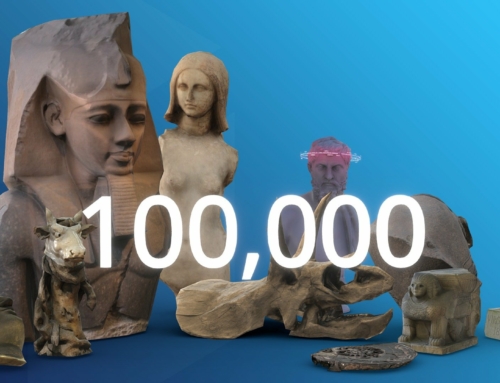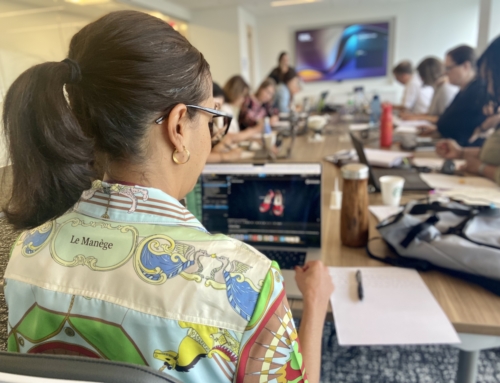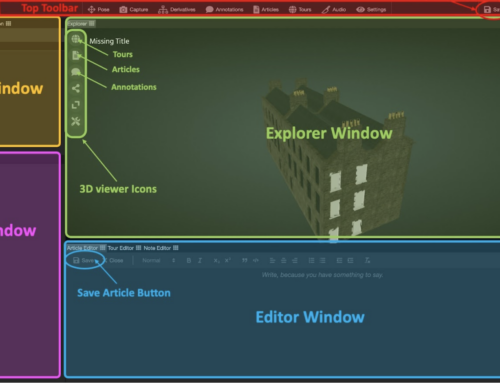PURE3D in Museum Van Bommel van Dam: From and For Everyone
By Hilde Janssen, Collections Manager, Museum Van Bommel van Dam
As a pilot partner, our participation with the PURE3D Project began in June 2020 with the photogrammetry of 14 objects from our modern art collection. These 14 objects have since been converted into 3D models that will we enrich and contextualise for online audiences by means of multi-media stories related to the object itself and the story of its collection by Maarten and Reina van Bommel – van Dam. In this contribution, I would like to further elaborate on who we are as a museum, why we participate in this project and what outcomes we aspire to and hope to achieve.
About the Museum
In 1969, Maarten and Reina van Bommel – van Dam donated their collection of modern art to the municipality of Venlo. This collection consisted of more than 1,100 works of art that the couple put together in the period after the Second World War. As a condition for the donation, Maarten and Reina wanted the municipality of Venlo to house their collection in a museum. They also wanted the municipality to build them a house next to the museum, with a private entrance, so they could always visit their collection. Museum van Bommel van Dam opened in 1971, making it the first museum of modern art in the province of Limburg.
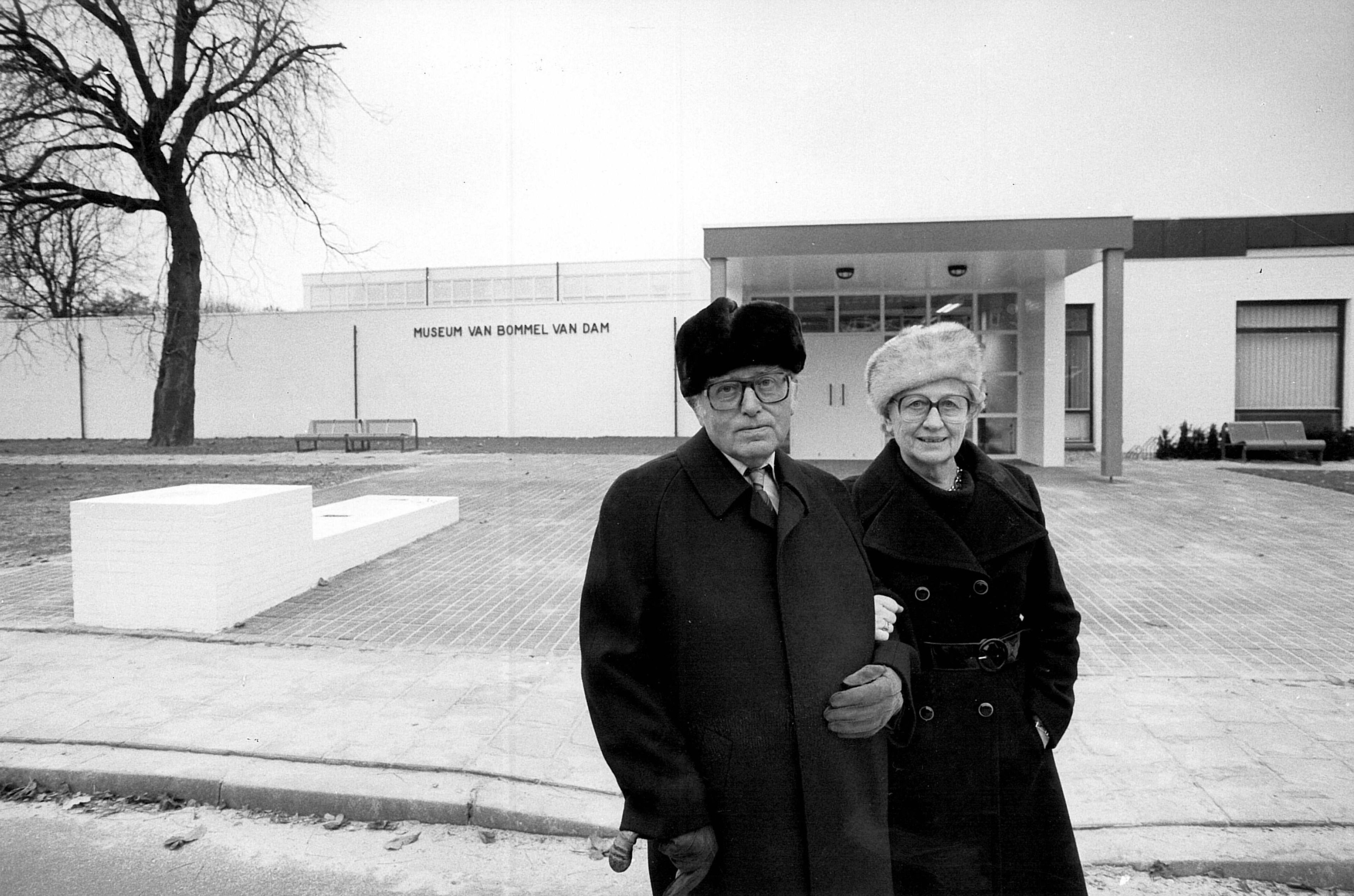
Maarten and Reina van Bommel – van Dam, 1971
In the following years, the collection continued to grow. Maarten van Bommel passed away in 1991 and Reina van Bommel – van Dam in 2008. In 2017, the museum building no longer met the climate requirements necessary for the preservation and exhibition of art. The municipality of Venlo found a solution: the former post office and national monument of 1938 at the Keulsepoort in Venlo. The building was renovated in the following years until its re-opening in September 2021 at the new location as the renewed museum van Bommel van Dam.

The new building, 2021
Our vision
Museum van Bommel van Dam: by and for everyone. That is our vision. We believe in the power of modern and contemporary art. We believe that everyone should have the opportunity to experience this power–to wonder, to connect, to experience and to learn. For everyone. Art is there to make people think–about life, the world, and their own role in society. Art creates awareness and contributes to the society of tomorrow.
As a museum, we are at the heart of society. Interaction with the public forms the basis of our museum. What goes on in people’s minds, and how can we respond to this? How can we connect with the public? For us, our art is the means to establish that connection and to contribute to the social development of Venlo and the surrounding area.
Why participate?
Our initial motivation for participating as pilot partners was to make part of our collection available on our website or in our exhibition as 3D models. In this way, we hope to introduce visitors to our collection, to fascinate them, to enthuse them and to exchange information. The 3D models would be used as a means of connecting with our audience. Now, one year into the project, we discovered that there are even more possibilities when making 3D models of art.
In addition to reaching the public, 3D models are also a way of preserving heritage. It’s a snapshot of art. It’s a way to show heritage, without having to move the object or without having the object physically present. It’s a way of introducing people to art without having them to be physically near the object. We are a museum by and for everyone, including people who are unable to physically visit the museum. It is a way to view objects even better, to get and add even more information from and to an object. It can also be a way to introduce new audiences to our collection in a playful way. The possibilities are endless.
As a pilot partner of the PURE3D Infrastructure, we will be exploring what it means to create a 3D scholarly edition of a modern art collection. Our challenge is to discover how to harness the benefits of interactive 3D objects by layering stories and information about single works of art in a way that also feeds into a wider collection narrative about the museum, its founders and the wider Venlo community.
Possible outcomes
In addition to creating 3D models together with narratives of our collection items, we as a museum see even more possibilities. For example, we have a small sub-collection of ethnographica about which a lot of information remains unknown. Using the PURE3D Infrastructure, we would like to get a better picture of this collection by publishing 3D models of the objects online together with the data and stories that we do know so that interested parties and experts could examine it and maybe even add information that we don’t yet know.
We also have a beautifully renovated museum building, a national monument from 1938 with many authentic details. If an object can be 3D-scanned why not a complete building? One possible outcome of this project would be to have our museum building completely scanned and made into a virtual environment so that every visitor can walk through the building from home, from school or from work and to gain knowledge about its history, architectural style, furnishing elements, details, and so on.
Another outcome could be to create virtual exhibitions or to turn a certain space into a virtual environment, such as our ‘Stijlkamer’: this is a space in the museum where the living room of our founders, the couple van Bommel – van Dam, is recreated with their original furniture and works of art. It could even be possible to develop a game, where visitors, young and old, can virtually set up an exhibition with our collection. That’s what makes our participation in this pilot project so exciting–to see what is possible together.
First results
As I mentioned before, some of our sculptures were photographed and converted into 3D models. These models are still rough versions, but they already show some of the possibilities.
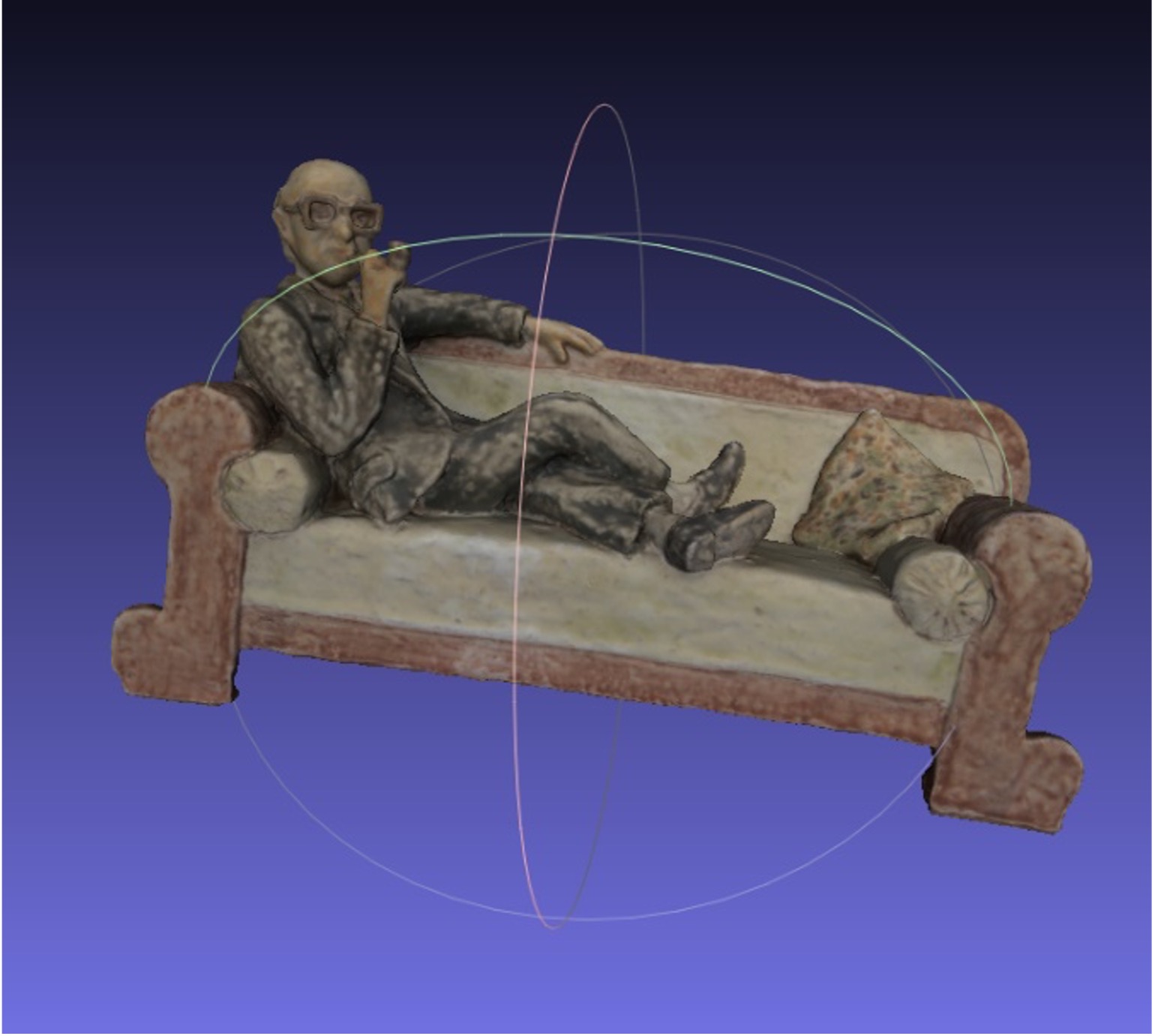
Ven, Nardus van de Ven, Maarten van Bommel op de bank, 1968

Heijden, Marianne van der Heijden, Zaadhuls, 1993
A lot is possible with these models: an object can be viewed from all sides, it can be zoomed in on so that details can be viewed better, and material and lighting can be adjusted to enhance other small features of the object. Anything is possible with a 3D model or a 3D environment and the PURE3D project will investigate this further with us in the near future. Exciting!


